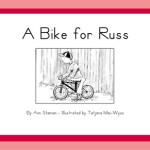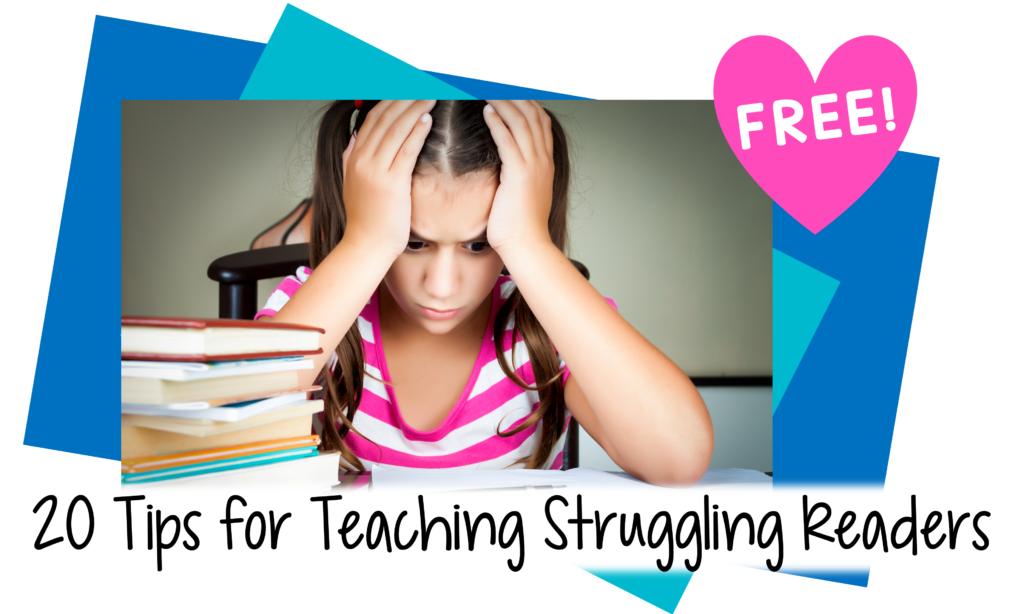While it’s popular these days to include rate and accuracy in a definition of reading fluency, I’m going to treat fluency as an independent reading asset: the ability to read smoothly and with appropriate intonation and expression so that your reading sounds much like talking. Fluency can and should be taught. It doesn’t magically appear in all children.
When should you begin teaching fluency? Earlier than you think! As soon as students have mastered voice-print matching, you can begin to teach them how to make their reading sound like talking.
I have found the following activities helpful for bringing students to fluency.
Model Fluent Reading
Students have to understand the concept of fluency, so you should initially model fluent and dysfluent reading. Read a sentence first with a natural rhythm, and then word by word. Discuss which sounded better and why. Do the same with appropriate expression and monotone.
Model Phrasing
The next step is to teach phrasing. Explain that words can be read one at a time, two at a time, three at a time, and so forth. Demonstrate reading in phrases, and have the students count the number of words in each phrase you read. Show students that not just any words should be grouped together:
No: My new | friend walked | through the | door.
Yes: My new friend | walked through the door.
Sentence Strip Demo
Sentence strips come in handy for a concrete demonstration of phrasing. Write the same sentence on two strips. Then cut up the strips in front of the kids, one word by word, and one in phrases, place on the pocket chart, and read accordingly.
The | little | cat | is | jumping | in | the | box.
The little cat | is jumping | in the box.
You can start by putting the phrases under each other, and then progress to placing them on one line. Show the students how to read across each phrase by scooping your finger under the phrase as you read (instead of pointing to each word, one at a time).
Reading Punctuation
You have probably already taught emerging readers to make their voice go down at the period (“telling sentence”) and up at the question mark (“asking sentence”), as well as loud at the exclamation mark (“yelling sentence”). Now you can also explain that commas are for taking a little breath. But perhaps the best punctuation marks for teaching phrasing and fluency are quotation marks.
My esteemed colleague Candice Vinci-Tarnawa uses quotations to introduce phrasing. She tells the students that the said part tells who is speaking (Mom said, said Dad) , and the talking part shows what the person said (“Come here,” “Look at me”). She teaches the children to read the talking part all together, and the said part all together.
Reading a Book
For this step, it’s crucial to pick an appropriate book, as some books are definitely better than others for teaching phrasing. Look for a book with natural language, dialogue, patterned text, repetition or refrain, and line placement in phrases. It helps to pick a familiar book, or one with lots of known sight words and few unfamiliar words that need to be decoded.
“Here is a bike,”
said Dad.[i]
Later students will advance to longer phrases and books with no special line placement.

Using Props
Children often are not aware that they are reading in a choppy manner. They sometimes need a push to progress toward fluency. When working with individuals, the following techniques may help.
o Place your thumb and forefinger around a phrase to show the child what to read together.
o Run a card or pencil under text to lead the reader.
o For children stuck into choppy reading, you may have to play a racing game. Tell them that they have to read the line before you cover it up with a card. This may work best in books that divide lines by phrases.
Coaching/Prompting
o “Make it sound like talking.”
o “Use a storyteller’s voice.”
o “No, like this….” (Be relentless.)
o “Yes! That’s it! That’s a storyteller’s voice!”
o “Read the whole line all together.”
o “Read to the period.”
o “Read that again, but this time make your voice go down at the period [up at the question mark].”
Other Activities
o Readers’ Theater, Poetry
o Partner Reading
o Practice with phrase flash cards
o Repeated readings
o Echo reading (Teacher reads phrase, line, page; then student.)
Assessment
When taking a running record, mark the phrases read with a scoop below the line. Use a rubric such as Tim Rasinski’s to evaluate elements of fluency. Some teachers like to calculate reading rate, but I caution against using words per minute as your only measure of fluency.
After all, why is teaching fluency so important? It’s not just for the sake of speed. The main purpose of reading fluently is that it aids comprehension. Over-emphasizing reading rate may actually detract from students’ understanding of what they are reading. By focusing too much on speed, readers may forget to focus on meaning. Increased reading rate may naturally result from improved fluency, but it should not be the means to the end.
[i] Ann Staman [Hollingworth], A Bike for Russ.


Leave a Reply